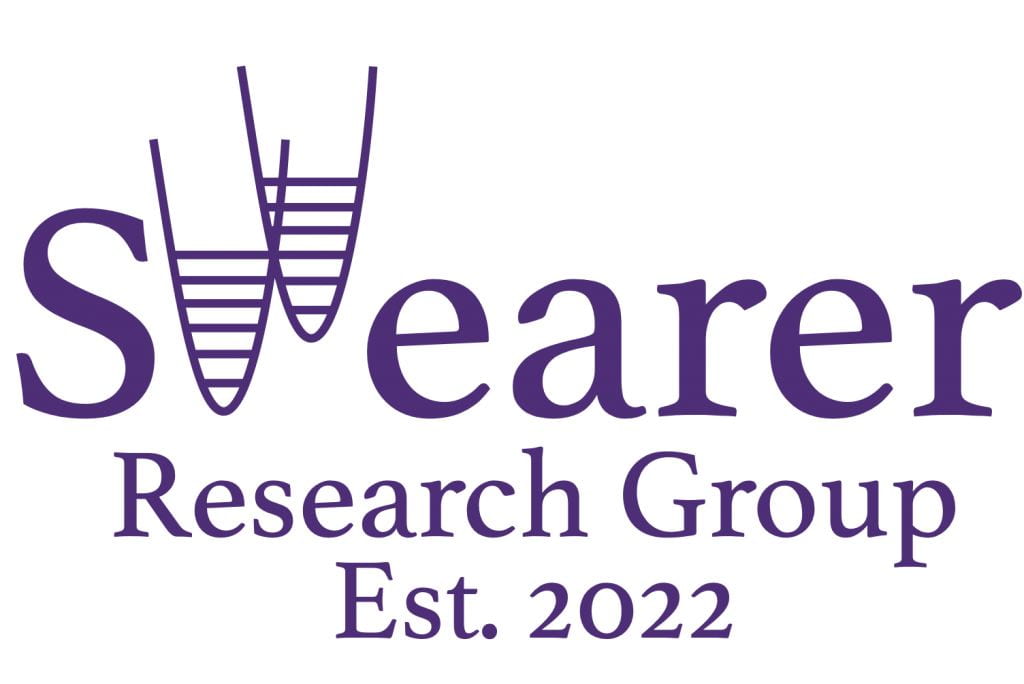Low Temperature Plasmas:
The Chemistry of Non-equilibrium Electrons

Low-temperature plasma is a unique state of matter that exists far from equilibrium, where a population of the medium’s electrons exists at many thousands of degrees hotter than the heavier species, such as ions, neutrals, and radicals from the original gas. You may not realize it, but low-temperature plasmas have already revolutionized many aspects of your daily life. They currently have applications in lighting, material synthesis, and water purification, with their biggest impact in the microelectronics industry, which produces many of the chips that we depend upon for our cell phones and computers.
Our group is particularly interested in studying the chemistry of low-temperature plasmas for several processes central to the chemical industry and using their exotic reactivity for nanomaterial synthesis. We control the plasma’s energy flow by modifying plasma-interface interactions to achieve specific chemical outcomes. These interactions can be between a plasma, solid catalyst, or liquid interface. We use techniques such as chromatography and mass spectrometry to determine the reactions of industrially relevant reactions (CO2 transformations, hydrogen production, ammonia synthesis, etc.) and couple that into operando diagnostic techniques.
Contact Us
Address
2145 Sheridan Road
Catalysis Center 217
Northwestern University
Evanston, IL 60208
Follow Us
Please keep up to date with our latest research efforts by following us on Twitter, Instagram, and YouTube.
Get in Touch
For any inquiries about our work please direct emails to Prof. Dayne Swearer
dayne.swearer [at] northwestern [dot] com
